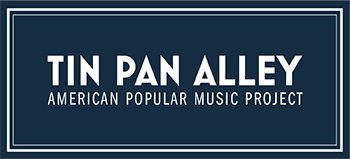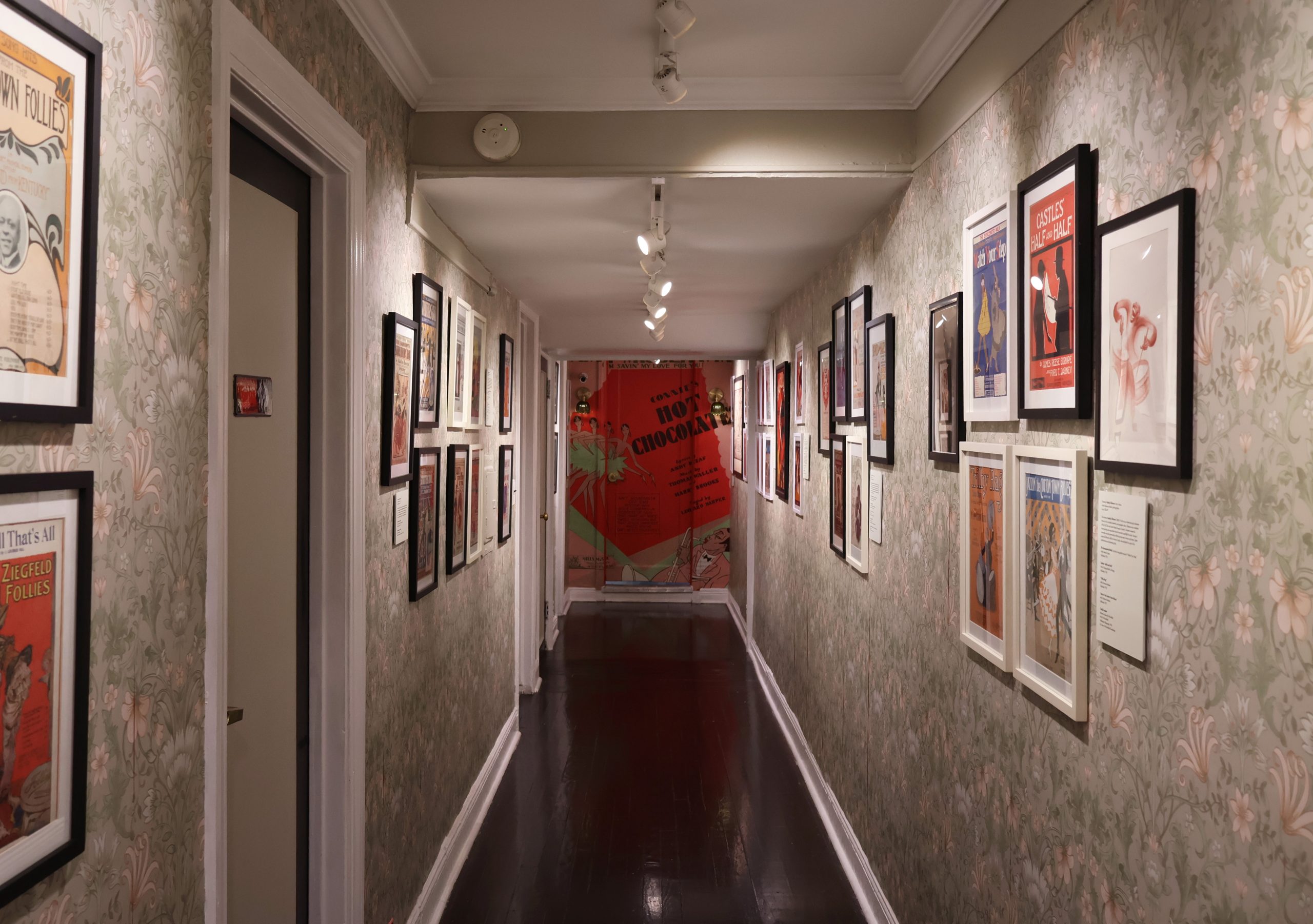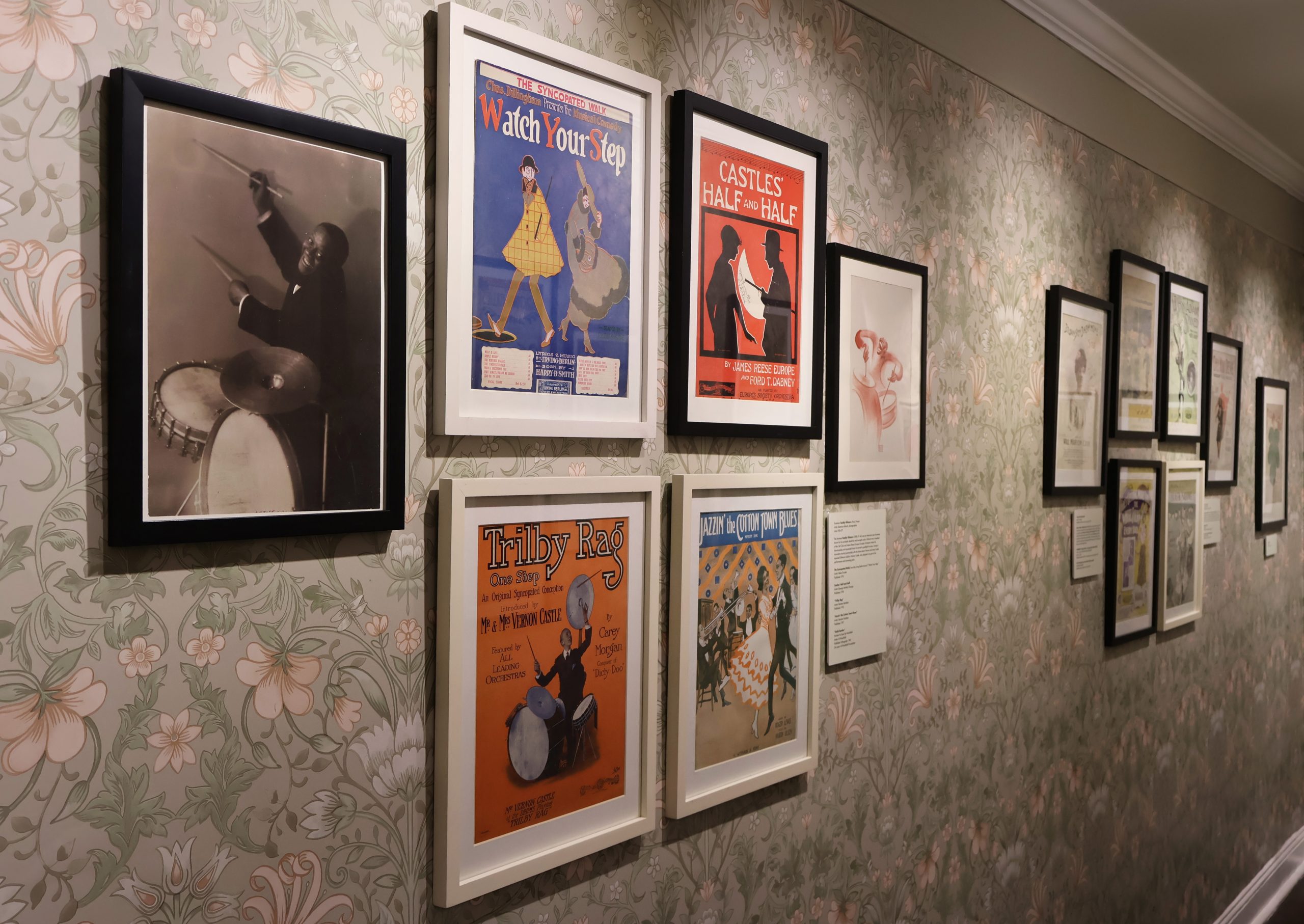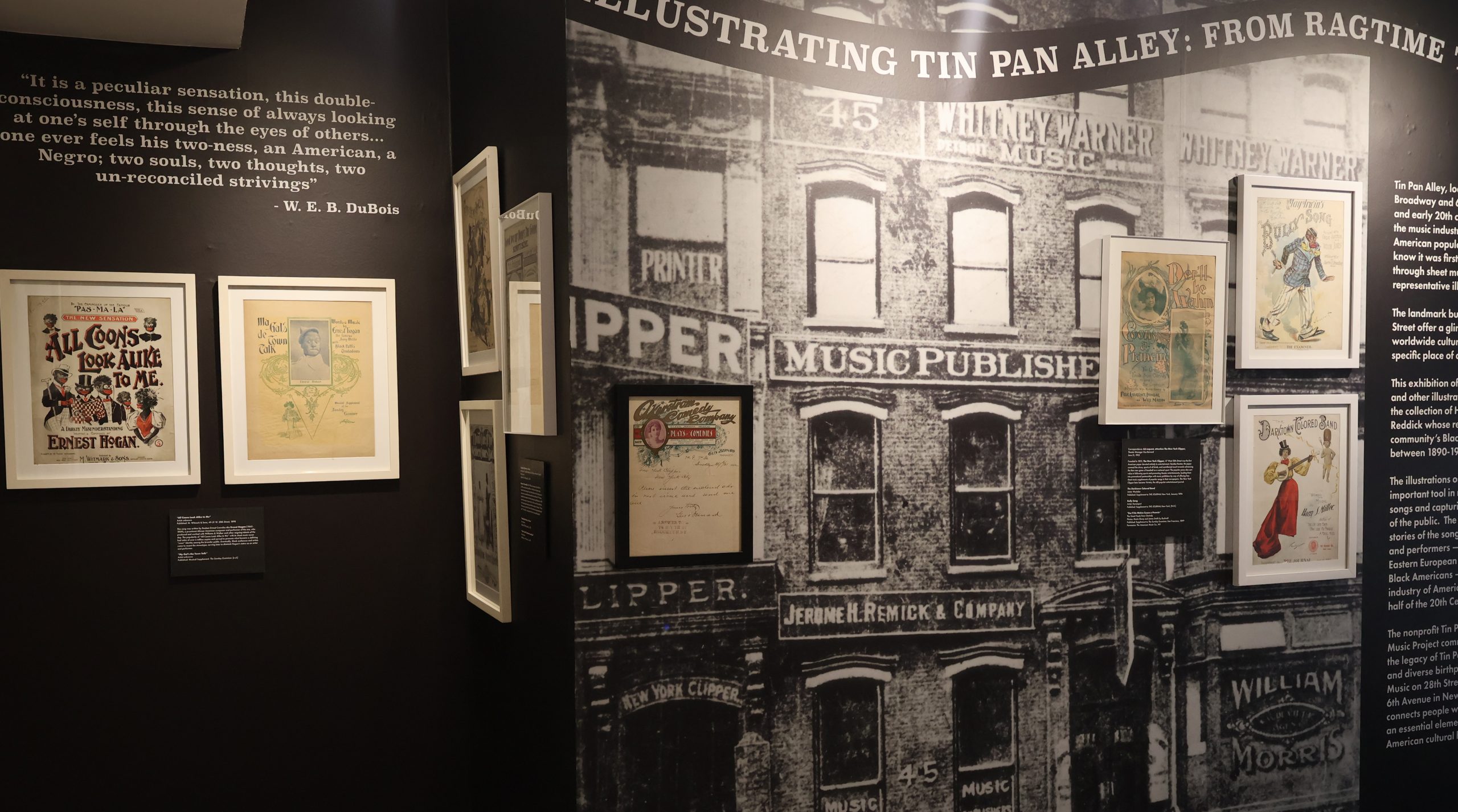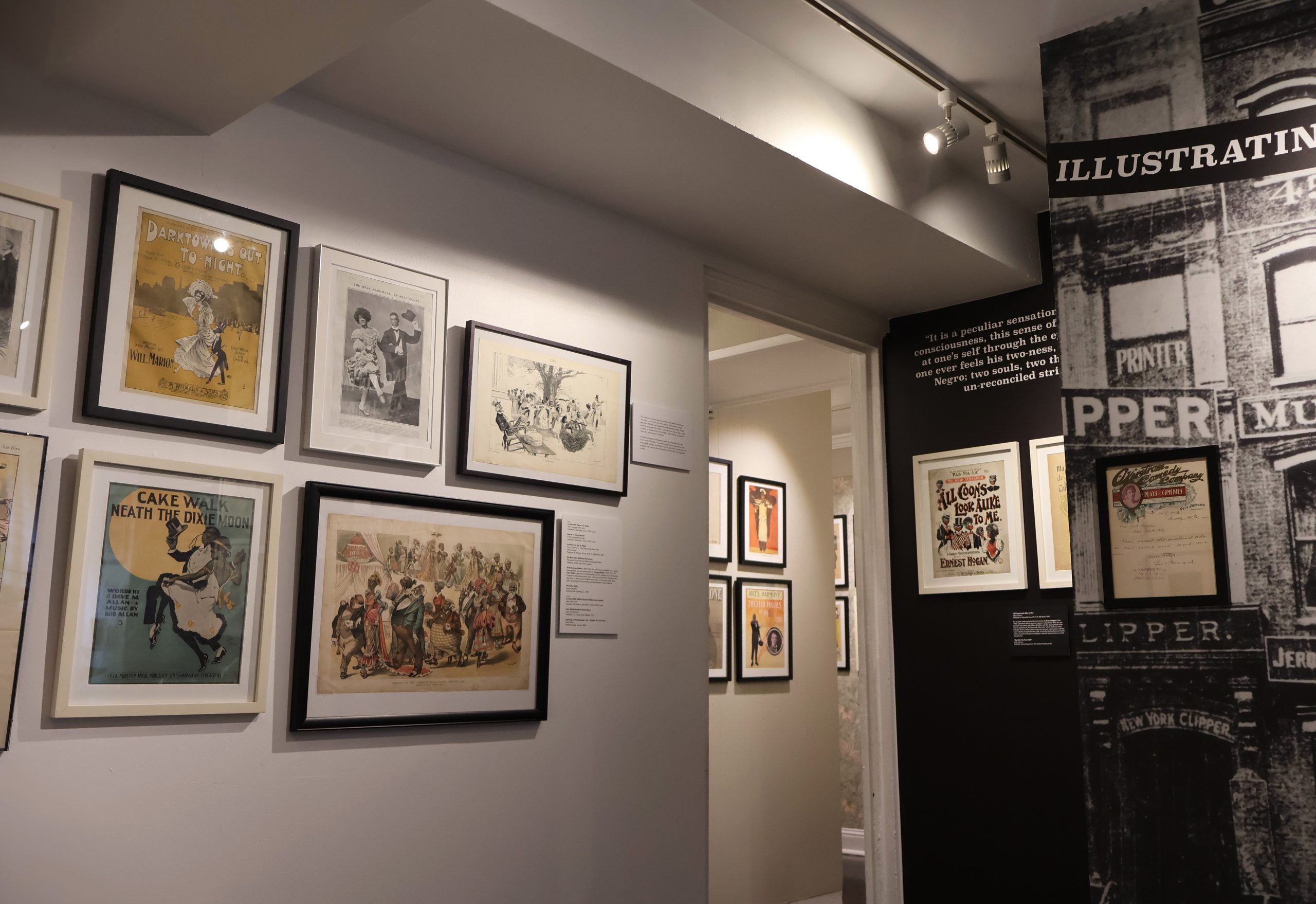
- This event has passed.
Illustrating Tin Pan Alley: From Ragtime to Jazz
July 19, 2024 - October 12, 2024

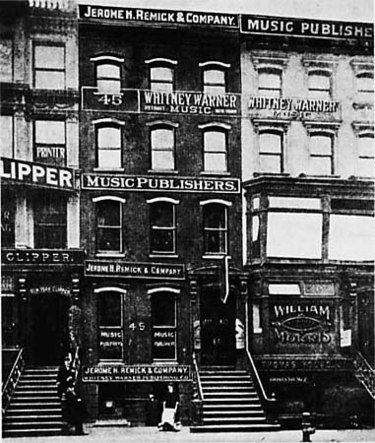
The landmark buildings on that block of 28th Street offer a glimpse into what has become a worldwide cultural force – pop music – at its specific place of creation.
This exhibition of sheet music covers, and other illustrations, are drawn from the collection of Harlem historian John T. Reddick whose research has focused on that community’s Black and Jewish music culture between 1890-1930. The illustrations on sheet music served as an important tool in marketing Tin Pan Alley songs and capturing their spirit in the minds of the public. The sheet music helps tell the stories of the songwriters, music publishers and performers — many of whom were Eastern European Jewish immigrants and Black Americans — that formed the sound and industry of American Popular Music in the first half of the 20th Century.
The nonprofit Tin Pan Alley American Popular Music Project commemorates and continues the legacy of Tin Pan Alley, the culturally rich and diverse birthplace of American Popular Music on 28th Street between Broadway and 6th Avenue in New York City. The Project connects people with the power of music as an essential element of New York City and American cultural history.
*This exhibition contains historical artworks that reflect the cultural and social norms of the early 20th century. Some pieces included depictions that are now recognized as offensive and hurtful. These artworks are presented to offer a comprehensive view of the era and to foster an understanding of the history and evolution of popular music and performance in America. We acknowledge the problematic nature of these depictions and their impact. Our goal is to provide an educational experience that encourages dialogue and reflection on the past while recognizing the progress and ongoing efforts toward a more inclusive and respectful society.
